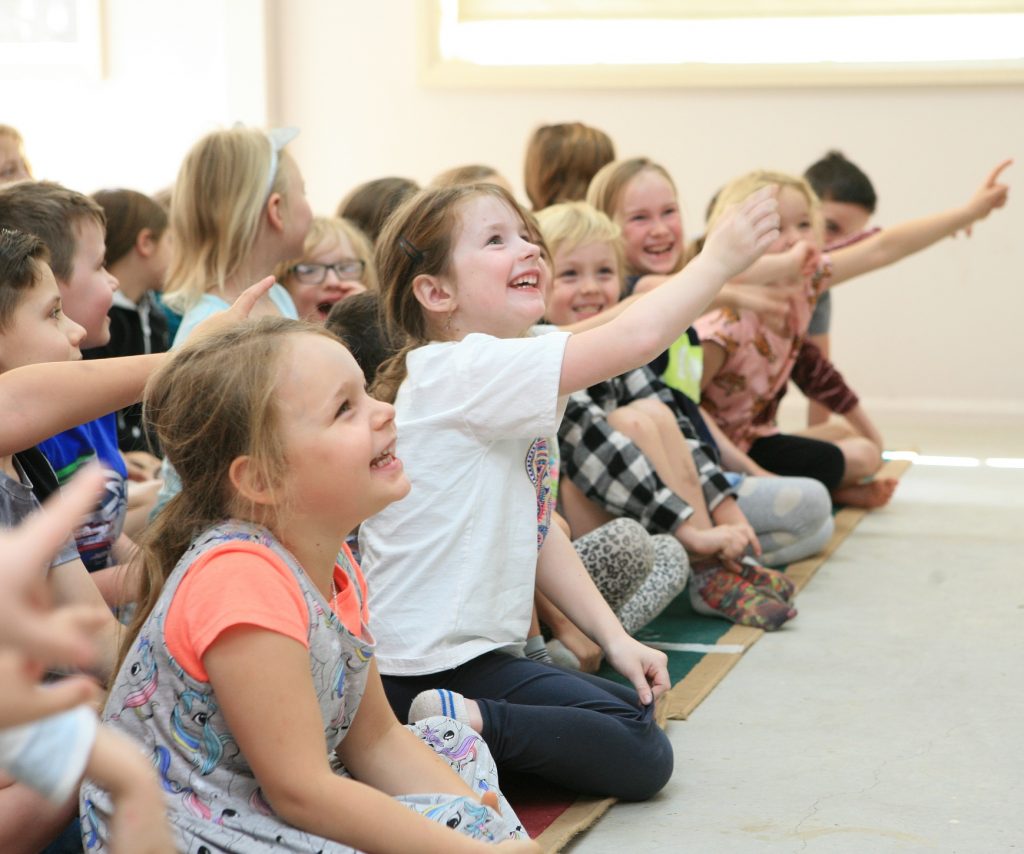In a smaller class, it’s more difficult for students to hide and get left behind. Fewer students means that each one gets attention from the teacher, and they are encouraged and pushed to take part and express their opinions.
Teachers of a small class have more opportunities to observe and assess the class as a whole and the students as individuals. Learning is further enhanced when teachers and students can interact spontaneously in the classroom.
With fewer students per class, individuals can connect more closely with their peers and become more confident and comfortable when it comes to sharing their ideas and perspectives. These connections lead to lasting friendships.
In learning environments with a smaller number of students, teachers can spend more time teaching the material and less time getting the attention of those who get distracted. Teachers can also cater to different students and ensure that they stay engaged and understand what is being taught.
Teachers have more time to individualise their feedback, ensuring that each student understands the material, gets the help he or she needs, and is reaching his or her potential.

